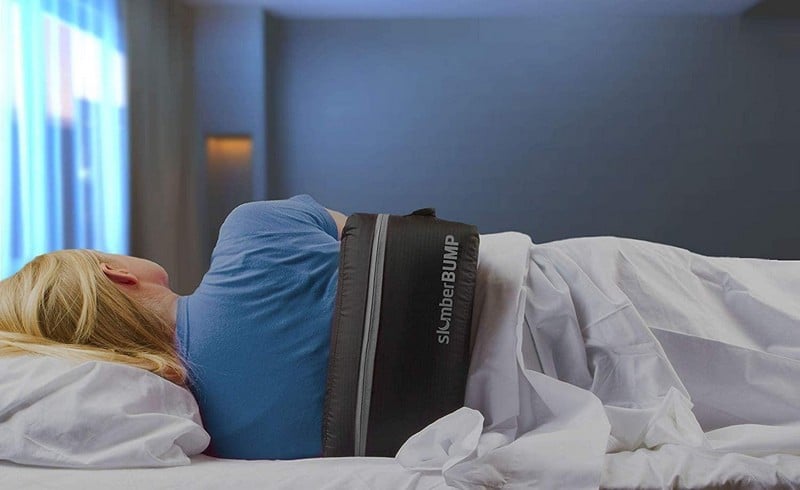Positional Therapy

Also known as gravity-assisted positional therapy, positional therapy is based on the principle that sleep apnea is often caused by the tongue falling back into the throat and blocking the airway. Positional therapy uses a device that attaches to the chest and keeps the sleeper in a specific position, usually on their side, throughout the night. This prevents the tongue from falling back and blocking the airway, thus reducing or eliminating snoring and apnea episodes.
Some evidence suggests that positional therapy can be an effective treatment for mild to moderate cases of sleep apnea. In one study of positional therapy devices, researchers found that participants experienced a significant reduction in both snoring and apneic episodes when using the device. And because positional therapy does not rely on mechanical devices like CPAP machines or mouthpieces, it can be a more comfortable and convenient option for some patients.
However, positional therapy is not right for everyone. The devices can be expensive and may not be covered by insurance. Additionally, positional therapy only works when patients use them consistently. They will not see any benefits if they don’t use them every night.










